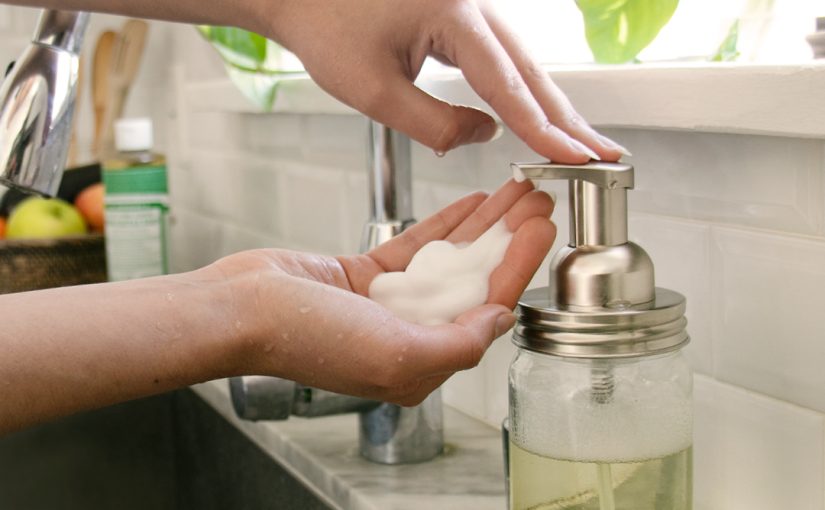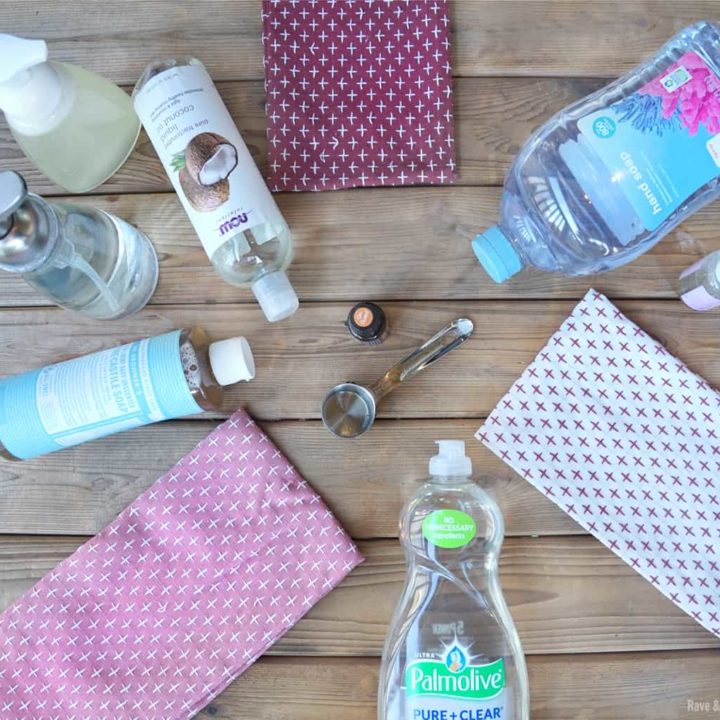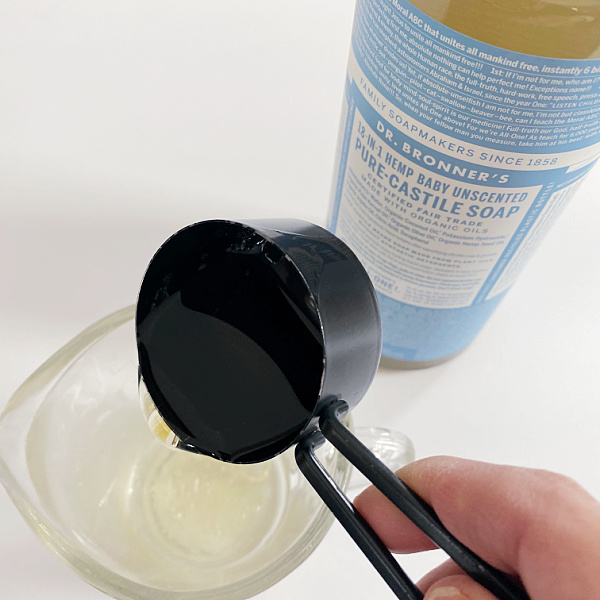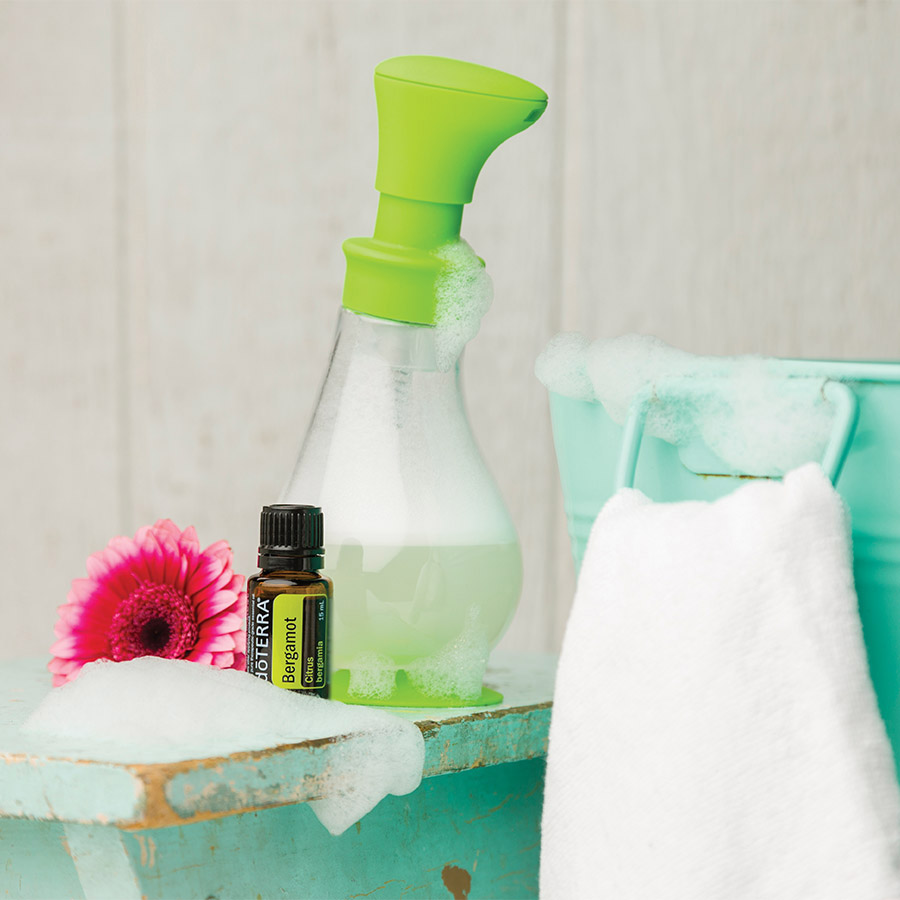Overview of Foaming Hand Soap
Foaming hand soap is a popular choice for many homes. This soap dispenses foam directly from the bottle, making it easy to use. It is a cost-effective and eco-friendly option. By using less soap per wash, it ensures efficient hand cleaning. This type of soap combines air and liquid soap in a special pump. The pump creates a lather that helps in thorough cleansing. Making foaming hand soap at home is simple and allows for customization. In this guide, we will explore how to create your very own foaming hand soap with a tailored foaming hand soap recipe.
Key Ingredients for DIY Foaming Hand Soap
Creating your own foaming hand soap starts with selecting the right ingredients. A simple foaming hand soap recipe includes a few essentials that ensure quality and effectiveness. You will need a soap base, water, and natural ingredients to add fragrance and benefits.
Common Soap Bases
When choosing a soap base for your DIY foaming hand soap, you have a couple of choices. The most popular bases include:
- Castile Soap: It’s a natural, olive oil-based soap that is gentle on the skin and easy to find.
- Liquid Dish Soap: For a more robust cleaning effect, liquid dish soap works well. Make sure it’s mild to avoid skin irritation.
- Hand Wash Concentrate: These are specifically formulated for use on the skin and can be diluted for foaming soap.
Always start with a soap base that is free from harsh chemicals. It will ensure that your homemade soap is as gentle as it is effective.
Natural Fragrances and Essential Oils
Adding fragrance to your foaming hand soap recipe is more than just about a pleasant scent. Natural fragrances and essential oils can also provide therapeutic benefits. Here are some popular choices:
- Lavender Oil: For a calming effect, lavender oil is a go-to. It promotes relaxation and is kind to the skin.
- Tea Tree Oil: Known for its antibacterial properties, tea tree oil makes an excellent addition for deep cleansing.
- Peppermint Oil: This oil offers a refreshing scent and can invigorate the senses.
- Citrus Oils: Lemon or orange oils give a zesty fragrance and can uplift your mood.
When using essential oils, a few drops go a long way. They also mix well with various soap bases, enhancing the foaming hand soap’s cleaning power and aroma. Combine these key ingredients correctly, and you’re well on your way to making a unique and personal foaming hand soap at home.
Steps to Make Your Own Foaming Hand Soap
Creating your DIY foaming hand soap is a straightforward process. With the right ingredients in hand, you’re ready to start mixing. The steps below will help you concoct the perfect batch of fragrant foaming hand soap.
Mixing the Ingredients
Begin by adding one part of your selected soap base to four parts water in a mixing bowl. This ratio is crucial for ensuring that your soap foams properly. For instance, if you use 1/4 cup of Castile soap, you’ll need to mix it with one cup of water.
Stir the base and water gently until fully blended. Over mixing can reduce foaminess. Next, add a few drops of your chosen essential oils. Between 10 to 20 drops should suffice, depending on the strength of the fragrance you desire.
Make sure to blend these well with the base mixture. The natural oils provide scent and additional cleaning benefits, making your foaming hand soap recipe unique.
Bottling and Storage Tips
After mixing, it’s time to transfer your soap into a foaming soap dispenser. A funnel can help pour the mixture without spillage. Fill the container, but leave a small space at the top. This space ensures the foaming mechanism works without clogs.
For storage, hold the foaming hand soap in a cool, dry place. Avoid direct sunlight as it may affect the soap’s composition and fragrance. It’s best to use the soap within one month for maximum freshness and efficacy.
Labeling your bottles can help identify the scent and the date made. This is especially helpful if you’re creating multiple batches or scents. With your homemade foaming hand soap prepared, you now have an eco-friendly, effective, and personalized hand cleaning option at your fingertips.
Benefits of Using Homemade Foaming Hand Soap
Choosing to make your own foaming hand soap at home comes with several advantages. Here are some of the benefits that can encourage you to dive into this DIY project:
- Cost-Effectiveness: Homemade foaming hand soap is generally more affordable than store-bought versions. Because you control the ingredients, you can make a larger quantity for less money.
- Eco-Friendly: Using reusable dispensers for your homemade soap reduces plastic waste significantly. You also have the freedom to choose eco-friendly soap bases and ingredients.
- Health and Safety: Without harsh chemicals, homemade foaming hand soap is safer for your skin. You avoid potential irritants found in some commercial soaps.
- Customization: You tailor the foaming hand soap recipe to your preferences. You select the scent and the ingredients that go well with your skin type.
- Fun Activity: Crafting your own foaming hand soap can be a fun and rewarding hobby. It provides a creative outlet and a sense of accomplishment.
- Thoughtful Gifts: Handmade soaps make thoughtful presents. You can create unique and personal gifts for friends and family.
By choosing to create your own foaming hand soap, you enjoy these benefits while also having a product that effectively cleans your hands. The satisfaction of using a homemade product that fits your needs is unmatched.
Customization Ideas for Personal Preferences
Customizing your foaming hand soap recipe caters to personal likings and skin needs. Here’s how to tweak your formula:
- Pick Your Base: Start with a soap base you love. Try Castile soap for a gentle touch or liquid dish soap for a stronger clean.
- Select Your Scents: Choose essential oils that suit your mood. Lavender for relaxation or citrus for an energy boost are great picks.
- Adjust the Strength: Control the scent strength with more or fewer oil drops. Find the right balance that pleases your senses.
- Additives for Skin Care: Include ingredients like aloe vera for extra moisture or vitamin E for skin health.
- Color Fun: Use food coloring to tint your soap. Just a drop or two can add visual appeal to your creation.
- Herbs and Botanicals: For texture and extra benefits, add dried flowers or herbs. They provide a spa-like experience.
By incorporating these elements, you turn a basic foaming hand soap recipe into a personal delight. You not only get to enjoy the practical benefits, but also the pleasure of a product tailor-made for you.
Tips for Long-Lasting Foam and Consistency
Making your foaming hand soap can be very satisfying. But ensuring that it produces a long-lasting foam and maintains consistency is essential. Here are some tips to help you achieve that perfect batch every time:
- Get the Right Ratio: The correct balance of soap base to water is crucial. Stick to one part soap base to four parts water.
- Quality Soap Base: Choose a high-quality base like Castile soap for lasting results.
- Pure Essential Oils: Use 100% pure oils for the best scent and foam stability.
- Gentle Mixing: Stir the mixture gently to avoid breaking down the foam’s consistency.
- Clean Dispensers: Regularly clean your soap dispensers to prevent clogs and mold.
- Avoid Additives: Some additives can reduce foam. Stick to your tried and tested recipe.
- Room Temperature Storage: Keep your soap in a cool, dry place away from heat and sunlight.
These simple yet effective tips can significantly influence the vitality of your foaming hand soap. Following them will ensure your hand soap remains foamy and consistent in quality, use after use.
Comparing DIY Soap with Store-Bought Options
When weighing the pros and cons of homemade foaming hand soap against store-bought versions, several key points stand out. Here’s a comparison to help guide your choice:
- Ingredients Transparency: With DIY soap, you know exactly what goes into your product. Store-bought options often contain undisclosed fragrances and chemicals.
- Cost Savings: Making your soap at home can save you money. Commercial options might be pricey, especially if they are branded or claim unique benefits.
- Customization: Handmade soap allows for personalization. Store-bought soap comes in fixed scents and formulas.
- Eco-Friendliness: Reusing dispensers and choosing eco-friendly ingredients makes DIY soap a greener choice. Store-bought soaps may contribute more to plastic waste.
- Skin Health: If you have sensitive skin, DIY soaps let you avoid irritants. The gentler ingredients in homemade recipes are kinder to your skin compared to some commercial soaps.
- Fun Factor: The process of making your own soap can be enjoyable and satisfying. This personal touch is missing when simply purchasing soap off the shelf.
In summary, if you value knowing your ingredients, saving money, and tailoring your soap to your needs and preferences, going the DIY route is beneficial. If convenience and immediate availability are more your focus, store-bought soap might suit your lifestyle better. Both types serve the fundamental purpose of cleaning, but the choice depends on your priorities.



